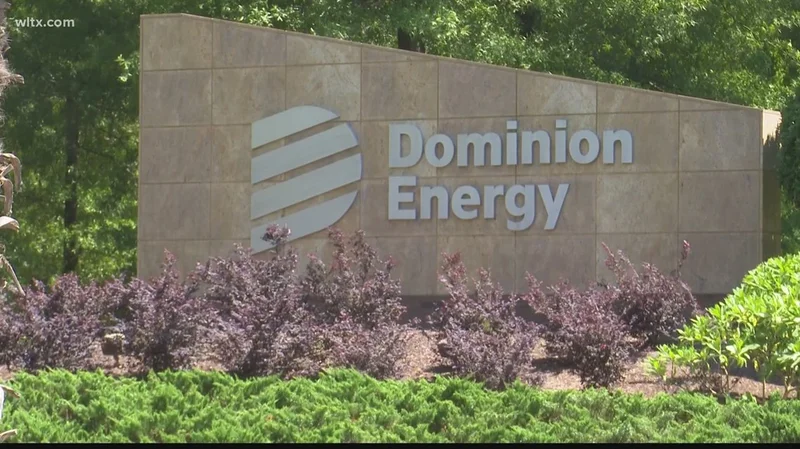Alright, let's talk about Dominion Energy's Coastal Virginia Offshore Wind (CVOW) project. Specifically, let's talk about the Charybdis, their custom-built wind turbine installation vessel (WTIV). Dominion calls it a "strategic advantage." I'm not so sure.
The Promise and the Problem
Dominion sunk $715 million into this vessel. The rationale? Enhanced schedule and cost certainty. Makes sense on paper. Control your own destiny, right? Except, according to their recent earnings report, the Charybdis is facing "commissioning delays." CEO Robert Blue even admitted he was "extremely disappointed" that it "has again not met expectations." That's putting it mildly. We're talking about a nearly three-quarter-billion-dollar asset that's currently sitting idle.
The issues? Primarily, the material condition of electrical components and a lack of proper documentation. Dominion says they've identified about 200 items needing attention, with 120 supposedly "closed out." They've got 200 crewmembers and marine electricians crawling all over the ship, running inspections. They cite 4,000 inspections across 69 electrical systems, including 1,400 cable inspections. All this after the vessel completed sea trials and received sign-offs. Something doesn’t add up.
What's puzzling is that Dominion is portraying the Charybdis as some kind of unique beast, fraught with inherent risks because it's the first Jones Act-compliant WTIV built in the US. Sure, there's some truth to that. But it's not like building a ship is rocket science in the 21st century. Seatrium AmFELS in Brownsville, Texas, isn't exactly a backyard operation. They should know what they're doing.
The question I'm asking is: How did these issues slip through the cracks in the first place? Was it a design flaw? Subpar materials? Inadequate oversight during construction? Dominion isn't exactly forthcoming with details.
The Contingency Conundrum
Here's where things get even more interesting. The delays with the Charybdis have forced Dominion to "significantly reduce the schedule for weather and vessel maintenance contingency." In other words, they're cutting it close. Real close. First power is still slated for late Q1 2026, and project completion by the end of 2026. But Blue admitted that the final few turbines might not be installed until early 2027. Virginia wind turbine installation work delayed, Dominion Energy says.

Think about that for a second. They built this ship to avoid delays, and now the delays caused by the ship are increasing the risk of further delays. It's like buying a fancy new snowblower to avoid shoveling, only to find out the snowblower needs constant repairs during the blizzard.
Dominion has already sunk $8.2 billion into the Coastal Virginia project through September, with another $1.5 billion expected. They've installed all the monopiles and most of the transition pieces. The second substation jacket is in place. But if the Charybdis can't get its act together, all that progress could be for naught.
Dominion argues that having their own vessel provides "enhanced schedule certainty, which translated to cost certainty for the project". But if the vessel is delayed, you get the opposite of cost certainty. It’s cost incertainty.
I've looked at enough of these earnings reports to know that "strategic advantage" is often code for "we're trying to justify a risky bet." And in this case, the bet might not be paying off.
The Christmas Parade Distraction
While Dominion is dealing with this mess, they're also sponsoring the Dominion Energy Christmas Parade in Richmond. The parade, with its "Spreading Christmas Joy" theme, feels like a carefully orchestrated PR move to distract from the Charybdis debacle. It's a classic case of corporate image management.
I'm not saying the Christmas parade is a bad thing. But it's hard to ignore the juxtaposition. On one hand, you have a company struggling to deliver on a massive infrastructure project. On the other, you have a feel-good event designed to generate positive press.
A $715 Million Oops?
Dominion's Charybdis situation is more than just a minor setback. It's a potential black eye for the company and a cautionary tale about the risks of over-reliance on a single, unproven asset. I'm still waiting to see if they can actually turn this ship around, or if it'll become a very expensive paperweight.


